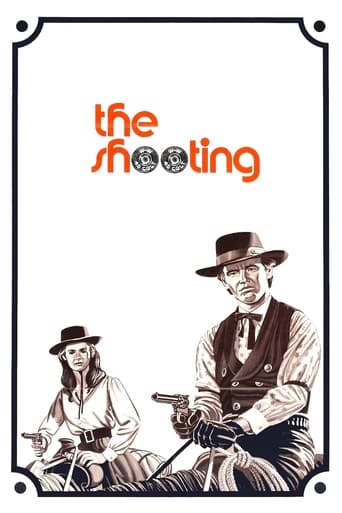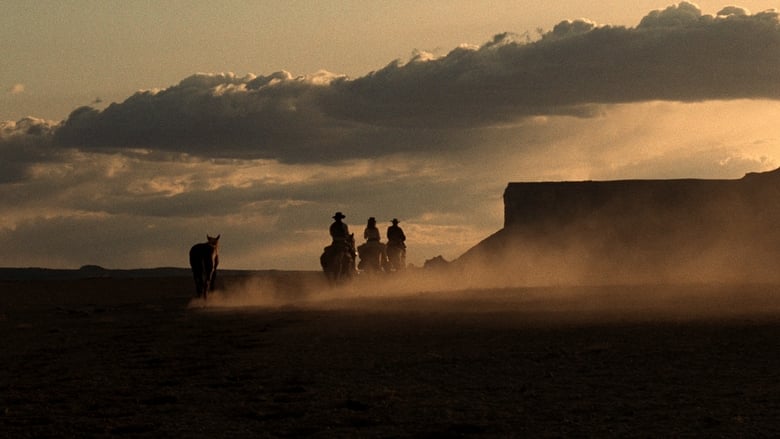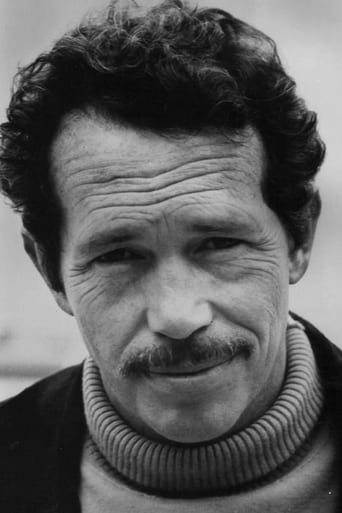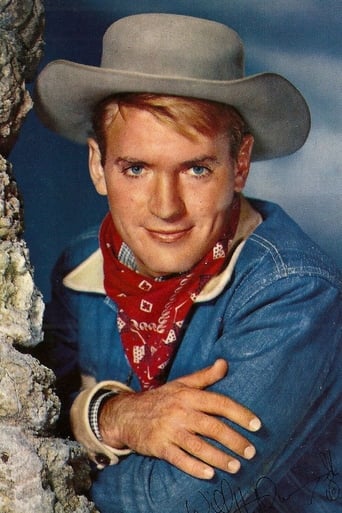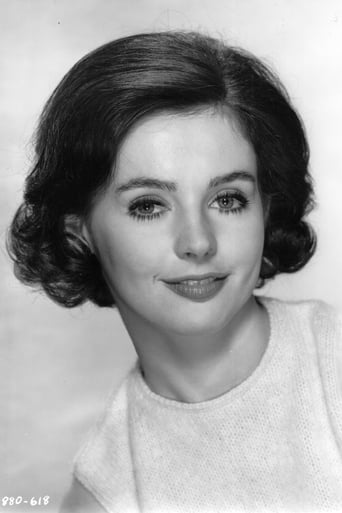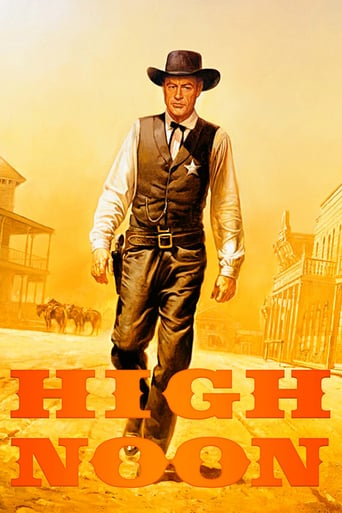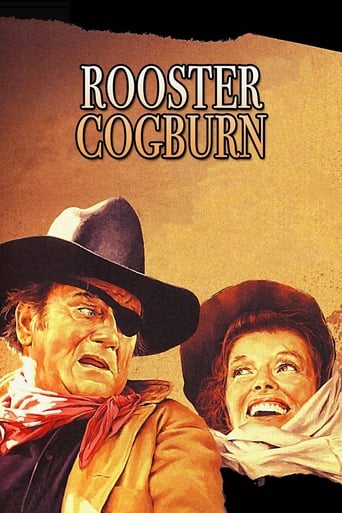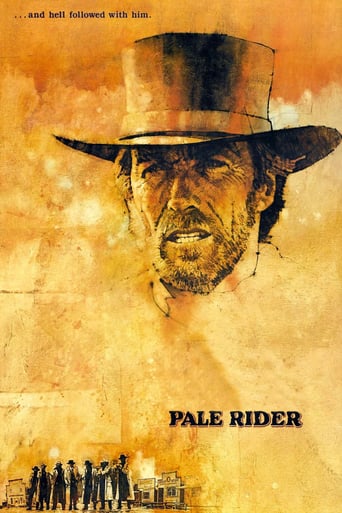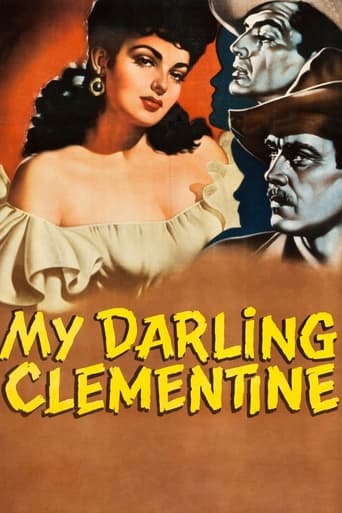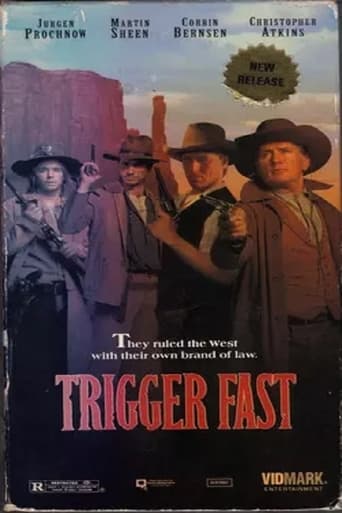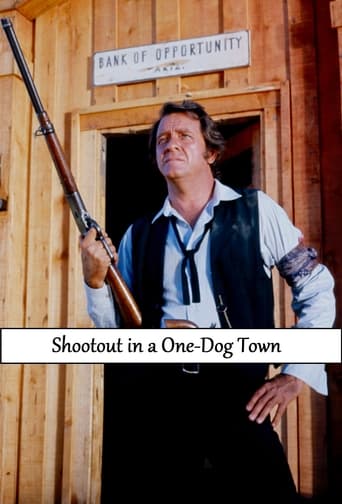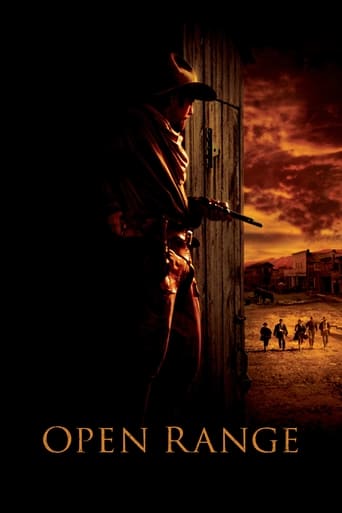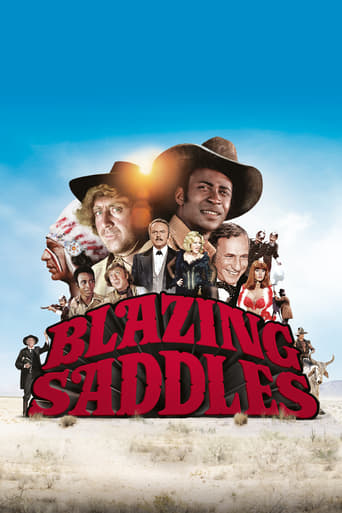The Shooting (1966)
Two miners agree to guide a mysterious woman, who has appeared in their camp from nowhere, to a nearby town; but soon, because of her erratic behavior, they begin to suspect that her true purpose is quite different.
Watch Trailer
Free Trial Channels
Cast


Similar titles
Reviews
I really wanted to like this movie. I feel terribly cynical trashing it, and that's why I'm giving it a middling 5. Actually, I'm giving it a 5 because there were some superb performances.
In other words,this film is a surreal ride.
A movie that not only functions as a solid scarefest but a razor-sharp satire.
Through painfully honest and emotional moments, the movie becomes irresistibly relatable
THE SHOOTING is a very low budget American western directed by cult favourite Monte Hellman, a former Roger Corman man. This features Will Hutchins and Warren Oates in the lead roles, playing a couple of cowboys who are employed by the pretty Millie Perkins to guide her across an arid desert landscape in pursuit of a fugitive.This entire film consists of a handful of characters, their horses, and the harsh Utah landscapes. The desert setting is very well realised and Hellman shoots it in an active way. A pity, then, that the plotting is so slim and long-winded; very little happens en route aside from a lot of bickering, and the supposed twist ending is more head-scratching than anything else.This film is chiefly of interest for featuring Oates before he became a big film star in the 1970s in the likes of BADLANDS and BRING ME THE HEAD OF ALFREDO GARCIA, and he still has that laidback charm. Also on hand is Jack Nicholson, here producing as well as taking the role of a slick gunslinger. Hutchins adds sympathy as the simpleton, but the real stand-out is Perkins whose driven character prefigures similar roles in the likes of HANNIE CAULDER and TRUE GRIT.
Shrewd bounty hunter Willett Gashade (the incomparable Warren Oates, who's splendid in his first meaty lead role) and his dimwitted partner Coley (amiable Will Hutchins) are hired by an angry and mysterious woman (well played with fierce intensity by Millie Perkins) to track down a man who has run off into the desert. They are eventually joined on their search by lethal gunslinger Billy Spear (a nicely sinister portrayal by Jack Nicholson).Director Monte Hellman relates the absorbing story at a hypnotically gradual pace, makes inspired use of the barren and desolate countryside, and offers a laudably harsh and unsentimental evocation of the old west. Carole Eastman's compelling and philosophical script provides a fascinating and provocative meditation on the duality of the human condition -- Willett and his identical twin brother Coin, who's ultimately revealed as the man they are tracking who apparently killed the woman's child in some kind of tragic accident, represent the contrasting sides of the existential coin pertaining to both good and evil which converge at the climax with catastrophic results -- as well as the ugly and corrosive nature of revenge (the woman shoots a white horse early in the movie and rides a black horse while embarking on her dark journey into the desert, thus symbolizing the savage spiritual damage done to her soul in the name of vengeance). The starling ending packs a devastating punch. Further enhanced by Gregory Sandor's beautifully stark cinematography and Richard Markowitz's moody score, this film completely deserves its cult status.
Definitive Cult Film. It languished in Obscurity for Years. The Film never received a Theatrical Release Until 1971. It was a Low-Budget ($75,000) Movie with the help of an Uncredited Roger Corman.All four Actors give believable, Edgy Performances with Warren Oates, Jack Nicholson, Will Hutchins, and Millie Perkins delivering Dialog that smacks of Western Slang along with Gritty Insight and Existential Exuberance.Nothing on the surface is Clear and the Dusty Terrain adds to the Obscurity. In Fact, the Location settings are Stunning in the Sun Bleached Bleakness. Because of its Miniscule Budget and apart from any Studio Interference the Filmmakers were able to Experiment with an Odd and Against the Grain Western Template.It is a Thinking Man's Horse Opera with the four footed Creatures playing a Significant and Symbolic Part. The Movie's parts seem to Come Together in an Off-Kilter sort of Existence where Nothing is Certain and everything Unfolds at a Pace fitting its Stifling Surroundings.Overall, the Ending is one of those that is Ambiguous at First glance, but more Contemplative Viewers will Definitely have Diversified Opinions. Considering what was there to work with it remains an Artsy, Offbeat, and certainly Divisive Western. But the Talent Behind and In Front of the Camera is such that it Cannot be Overlooked or Ignored.
After 10 minutes of that forced march across a lunar landscape, I popped a six-pack, hoping it would be enough. It wasn't. One thing for sure, producer Corman and company got their meager money's worth. After all, how many other $1.50 movies provoke this kind of reviewer discussion 50-years later.Now, I'm not going to recap the storyline (what there is of it) nor dwell on its details. Others have done that much better than I can. What I want to offer is a point of view that I think shapes much of the movie, and can be used to maybe understand better its maddeningly elliptical nature.So which is the movie—profound, pretentious, maddening, boring, or maybe just plain puzzling. At the risk of seeming a mush brain, I think it's all of these. But I'm most in sympathy with those folks who paid to see a conventional western and got this elliptical trip through heck instead. One thing for sure, the dialogue only ate up about a nickel's worth of the total expense. But if the crew was so cramped for funds, I'm wondering how come they went on expensive location. Usually, these cheapo's would film guys riding around LA's scrublands and then into a studio cow town, and then be forgotten. Not so, here. Instead, it's a blinding tour of Utah's purgatory part. A perfect setting for what may or may not be a story.Be sure to catch the first 15-minutes, because that's where most of the plot questions are dealt with to the extent that they are dealt with at all. The trouble is these hints at answers come before the questions, which causes confusion if you haven't paid close attention. And I should thank those reviewers who took time to clarify many of the more puzzling parts that slipped past me. Anyway, don't expect many answers from the long ride part, which is just that, a long ride and a lot of dead horses—a good, if unpleasant, touch given the heat and exposure.Clearly, director Hellman and writer Easton have seen a batch of New Wave French movies. The influence here is clear. Theme predominates over story. I suspect that's why so many folks object to the film. Hollywood and commercial movies traditionally emphasized storyline above all, and if themes emerged, that was a bonus. Then too, conventional filmmaking didn't like to leave viewers with loose ends. Outstanding questions got wrapped up in the end, so the audience left unprovoked, with an optimistic view that things always turn out right in the end.Now, I take the theme here—if there is one—to be an existential one of a particularly French variety. Anyway, if I recall my philosophy class correctly, existentialism means that existence precedes essence, or, at the risk of oversimplifying—sheer existence is basic-- all else like truth or personal identities are concocted afterwards. Now, in the movie, we're confronted with characters whose identities remain puzzling, especially the woman, Billie and the bearded man. Plus we know very little about Coley or Willett. Instead, we're simply confronted with their raw existence, in much the same way as Coley and Willett are confronted by the raw existence of the woman, Billie, and the bearded man. The fact that so little of the personal is explained means that interaction occurs between people who simply exist rather than people who are known to us.What makes this generic brand of existentialism slant in a particularly French direction are two things. Among other points, the French philosopher J-P Sartre makes two pithy claims, namely that 'Hell is other people' and that 'life is absurd'. Clearly these two themes are not exactly game winners for commercial filmmakers. As to the former, however, given the constant badgering between the characters as they move through the hellish terrain, the first claim is at least suggested by the dour screenplay. Except for Willett's kindly gesture toward the dead Coley, there's precious little kindness among the travelers. And for the generally inoffensive Coley, hell really is other people.As to Sartre's second claim, that life is meaningless, that's of course suggested by the ultra- bleak ending, as Billie staggers hopelessly down what can be taken as a brutal road of life to no apparent meaningful end. Ditto the others who perish in a similar lack of glory, and we wonder what's it all for. If this sounds pretty bleak, so is a movie that I can't imagine playing in a downtown theatre of the time.Naturally, viewers don't have to take such claims as true of the real world in order to take the film as reflecting these philosophical points of view. Anyhow, I did find the movie interesting enough to think of it as shaped by these rather esoteric terms. Nonetheless, I certainly don't blame folks for reacting negatively to what I take as an exceptionally non-western western, and maybe even anti-movie movie. Meanwhile, I've got some empty six-packs to discard.

